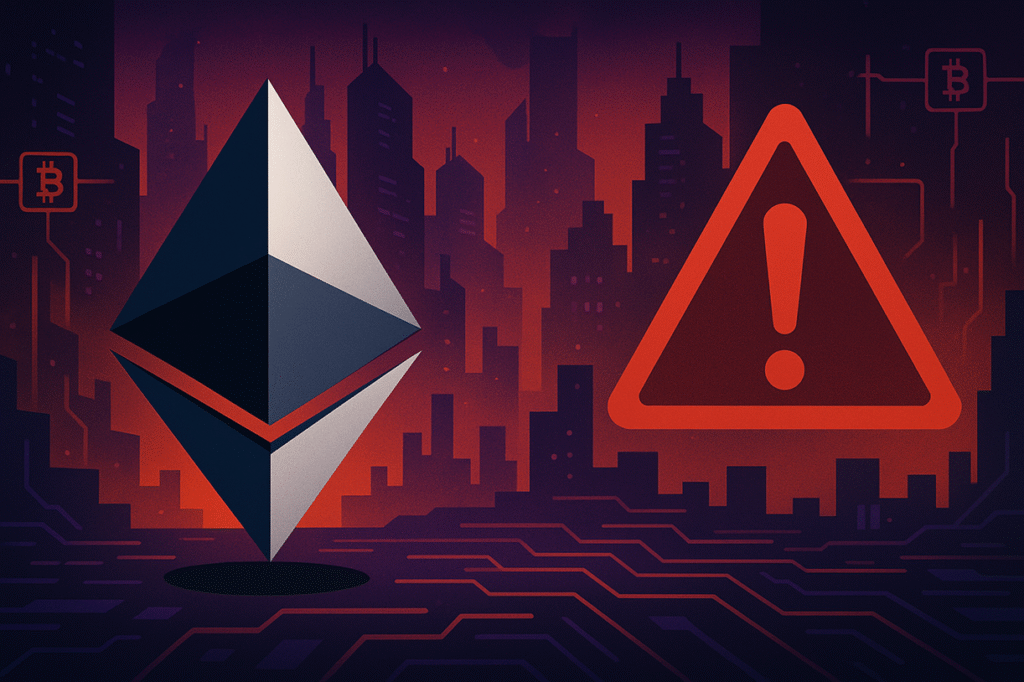Understanding the dynamics of cryptocurrency prices, particularly for Ethereum, involves digging deeper than surface-level metrics. The discourse around Ethereum’s recent price rally and valuation is not solely grounded in technical analysis or utility but also in narratives and market sentiments. This exploration seeks to unravel the complexity behind Ethereum’s price behavior and its implications for investors and enthusiasts.
The Great Debate: Ethereum’s Price Driven by Utility or Narrative?
Fresh insights into Ethereum’s valuation mechanisms have surfaced from influential voices within the crypto community, namely Nick Szabo and Ryan Watkins. Both experts offer contrasting viewpoints, sparking an illuminating discussion on the true drivers behind Ethereum’s market price.
The Utility Conundrum: Szabo’s Perspective
Nick Szabo, renowned for his contributions to the cryptocurrency sphere, posits a thought-provoking perspective that challenges conventional wisdom. He suggests that Ethereum’s primary use cases, while beneficial and revenue-generating, do not directly correlate to the market value of ETH. Unlike Bitcoin, which is fundamentally designed as a store of value—a purpose directly linked to its price—Ethereum’s utility doesn’t inherently translate into tangible value capture.
Szabo’s argument highlights a structural challenge within Ethereum’s ecosystem: its applications may flourish, yet this progress might not be mirrored in ETH’s price appreciation. This detachment poses significant questions about the sustainability and predictability of Ethereum as an investment asset.
Narrative’s Power in Price Movements: Watkins’ Viewpoint
Ryan Watkins, reflecting on Ethereum’s price trajectory, counters Szabo’s utility-focused analysis by emphasizing the potent role of narratives and investor sentiment. Watkins argues that price movements are often less about concrete financial models and more about prevailing stories and perceptions. He points to Ethereum’s transition in public perception—from a platform on the brink of obsolescence to a burgeoning stablecoin hub—as a catalyst for its recent price surge.
Watkins notes that while these narratives may lack rigorous justification, they fill the valuation void left by the absence of standard methodologies. This reliance on storytelling underscores a broader market truth: in the absence of solid anchors, perceptions and relative comparisons govern price dynamics.
Why Has ETH’s Price Tripled Since April?
“The price difference between $1,400 ETH and $5,000 ETH,” Watkins observes, “is narrative-driven.” He illustrates how Ethereum’s newfound status as a ‘Bitcoin-like’ opportunity for institutional investors has driven its valuation narrative. This shift reflects not only Ethereum’s evolving role in the ecosystem but also the broader tendency to equate narratives with value.
Reconciling the Debate: A Dual Reality
Ultimately, the debate between Szabo and Watkins reveals the dual reality of Ethereum’s valuation journey. It underscores the balance between utility and narrative, urging investors to consider both tangible developments and market sentiments. The unresolved question remains whether Ethereum’s design can eventually forge a durable connection between network utility and token value.
As Ethereum’s journey unfolds, its price will likely continue to swing between these poles, driven by both measurable performance and the intangible power of narrative.
FAQs
Is Ethereum’s utility related to its price?
Ethereum’s utility does not inherently determine its price. While its applications drive revenue, they don’t always ensure a proportional increase in ETH value, unlike Bitcoin, which is designed to link utility with price.
What role do narratives play in Ethereum’s valuation?
Narratives significantly influence Ethereum’s market valuation. In the absence of established valuation models, stories and perceptions can sway investor sentiment and guide price movements.
Can Ethereum’s design link utility directly to its token value?
The challenge lies in bridging the gap between Ethereum’s network utility and ETH’s market value. While efforts are ongoing, this connection remains largely underexplored and speculative.
What should investors consider when evaluating Ethereum?
Investors should weigh both the tangible aspects of Ethereum’s technological and utility developments and the intangible influence of market narratives. A balanced approach can provide clearer insights into future price movements.
This comprehensive guide to Ethereum not only delves into the intricate dynamics of its valuation but also arms readers with the knowledge needed to make informed decisions in an ever-evolving market landscape.

